In a significant move in India-US defense relations, India has decided not to purchase the Lockheed Martin F-35 stealth fighter jets following a backdrop of escalating trade tensions marked by former US President Donald Trump's surprise 25% tariff threat on Indian goods. The high-profile F-35 deal, once pitched as a major step in deepening defense ties between the two countries, now appears unlikely in the near future due to political and economic disagreements.
Background of the F-35 Offer
The F-35 Lightning II is an advanced fifth-generation stealth multirole fighter plane, widely regarded as a critical asset for air superiority. During Prime Minister Narendra Modi’s visit to the United States in February 2025, President Trump offered the F-35 jets as part of a broader strategy to enhance military cooperation and reduce India’s reliance on Russian equipment such as the S-400 air defense system.
The deal was anticipated to represent not only military modernization for India but also a diplomatic alignment with US strategic interests in the Indo-Pacific region, especially countering China's growing influence.
Impact of Trump’s Tariff Threat
The situation changed dramatically when Trump abruptly announced a 25% tariff on Indian goods effective August 2025, catching New Delhi off guard and straining economic and diplomatic ties. This unforeseen move was perceived in India as contradictory to the spirit of bilateral cooperation, casting doubts on the reliability of the US as a defense and trade partner.
The Indian government, while avoiding immediate retaliation to maintain dialogue, expressed clear disappointment and reconsidered defense purchases amidst rising trade tensions. The tariff shock underscored concerns over the stability and predictability of agreements influenced by changing US domestic policies.
India’s Strategic Considerations
India’s rejection of the F-35 offer resulted from multiple factors:
- Cost and Maintenance: The F-35, costing approximately $80 million per unit with high lifecycle costs, was considered expensive in the context of India’s defense budget priorities.
- ‘Make in India’ Focus: India has been emphasizing indigenous defense manufacturing and joint design partnerships as a core part of its strategic autonomy and industrial growth, deeming off-the-shelf high-cost platforms less attractive.
- Diplomatic Nuance: India aims to maintain balanced defense procurement sources, including Russia, the US, and European countries. The fallout from the tariff threat compounded the hesitation to commit exclusively to US platforms.
Officials further indicated that India is exploring options to placate the White House on trade matters by increasing imports of natural gas, gold, and communication equipment but decided not to engage in new large-scale defense acquisitions from the US.
Industry and Defense Implications
This decision represents a setback for Lockheed Martin and the broader US defense industry, which had counted on India as a critical market to sustain its billion-dollar F-35 program. The decision also signals geopolitical weight, as India balances strategic partnerships amid great power competition in Asia.
US aerospace and defense sectors face uncertainty as India’s pivot towards domestic production and alternative suppliers grows stronger. Analysts highlight that Trump's unpredictable foreign policy and tariff tactics have undermined confidence among long-standing allies, complicating future cooperation.
Broader Geopolitical Context
With China’s rapid military modernization pressing regional security dynamics, India’s rejection of the F-35 complicates the US’s ambitions to build an integrated security architecture in the Indo-Pacific. India continues to pursue diplomatic and defense paths that preserve sovereignty and flexibility rather than align strictly with one partner.
Despite the tariff dispute, dialogue continues at diplomatic levels, with India keen to keep trade talks on track while maintaining strategic autonomy and long-term defense modernization plans.
Conclusion
The F-35 fighter jet’s exclusion from India’s procurement plans amid the Trump tariff threat highlights the complex interplay of trade, defense, and geopolitics in contemporary international relations. India’s decision reflects a nuanced balancing act—asserting its industrial priorities and diplomatic pragmatism while responding to tumultuous US policy shifts. The broader lesson for global defense partnerships is clear: reliability and mutual trust remain indispensable to securing major arms deals.

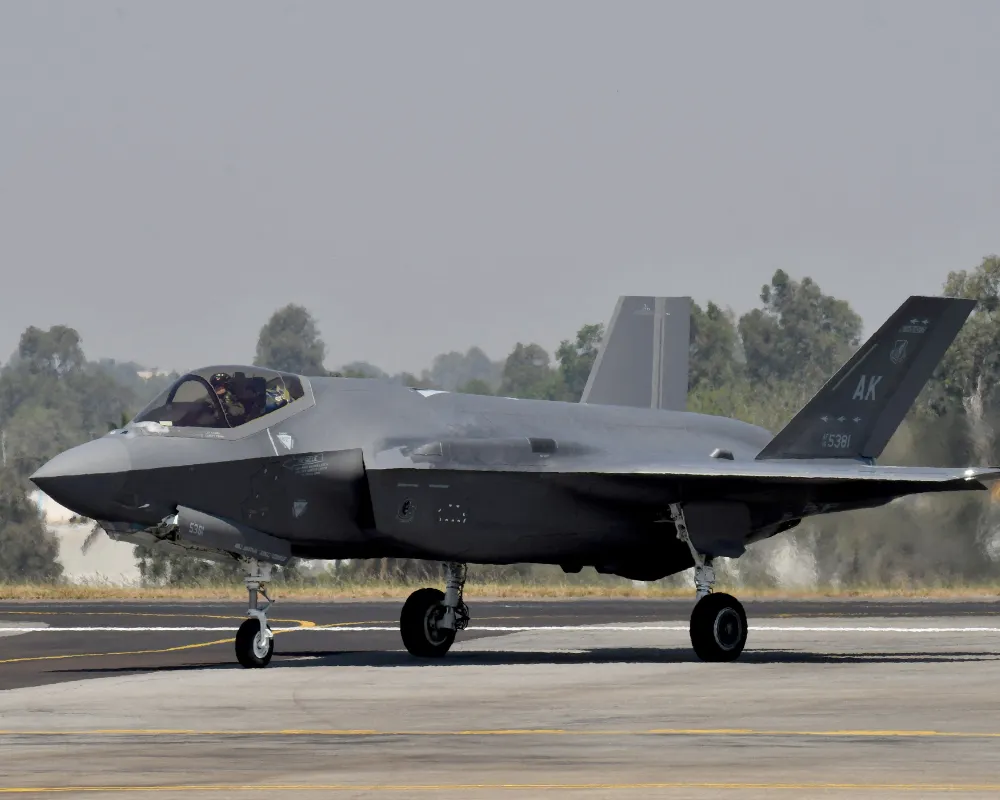
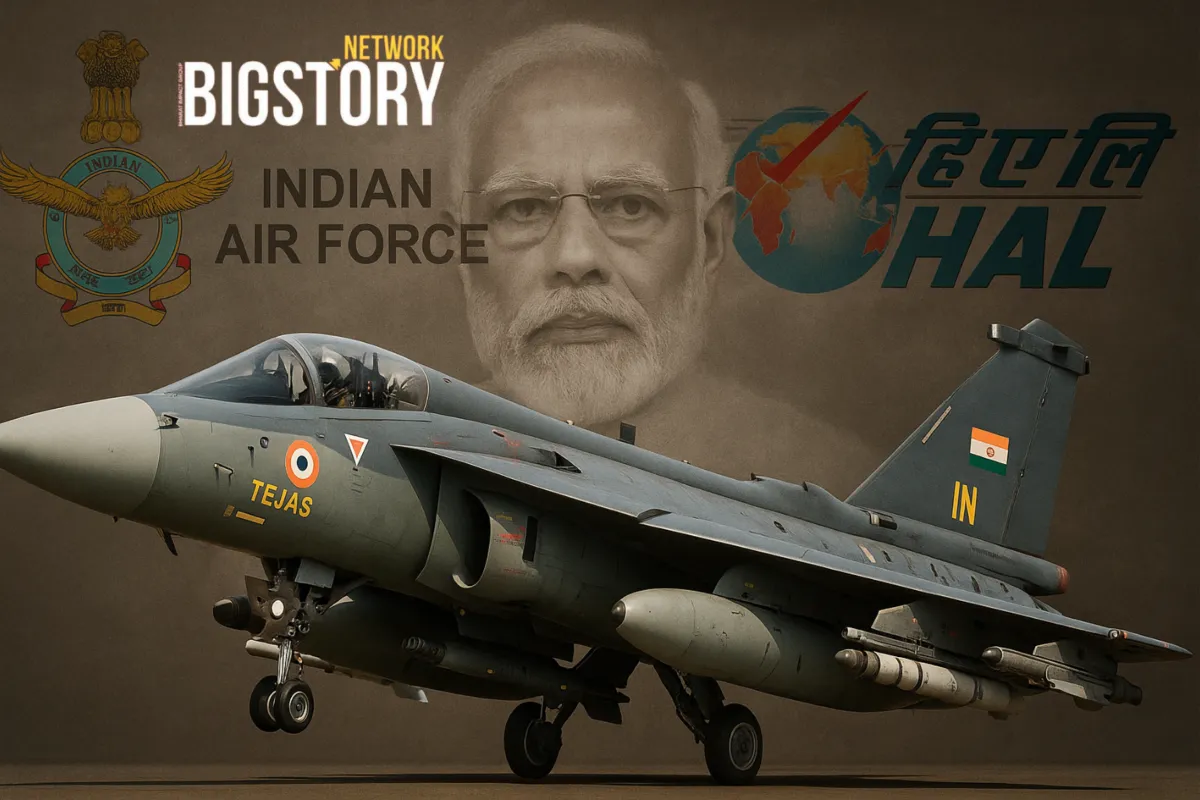
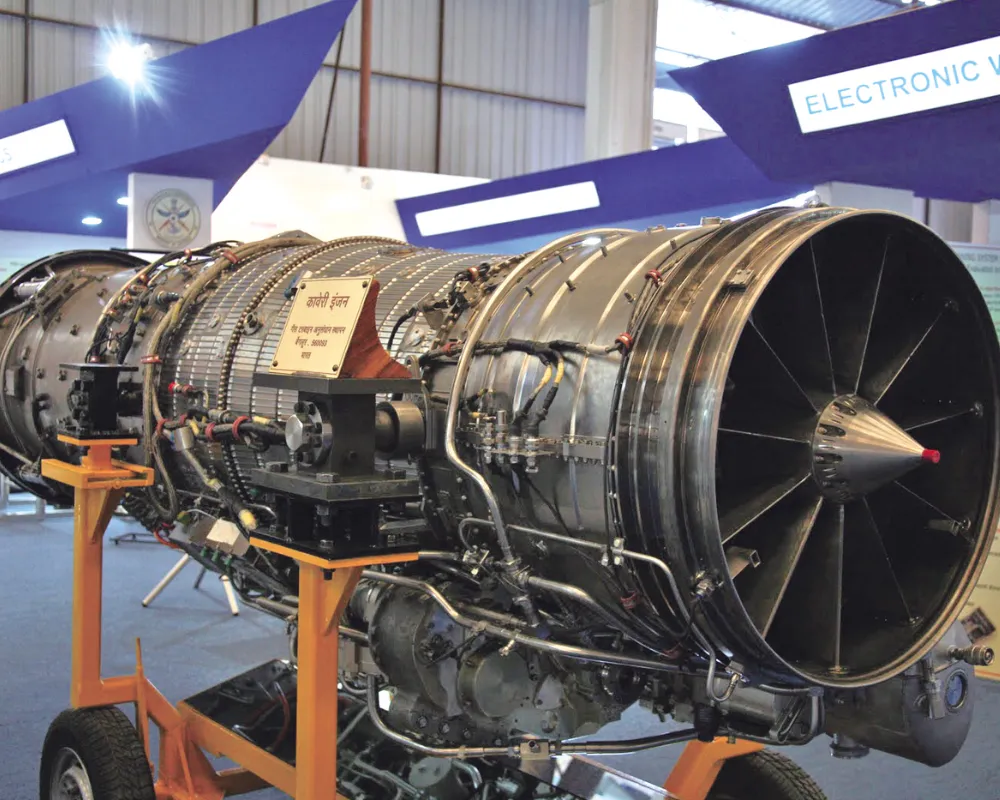
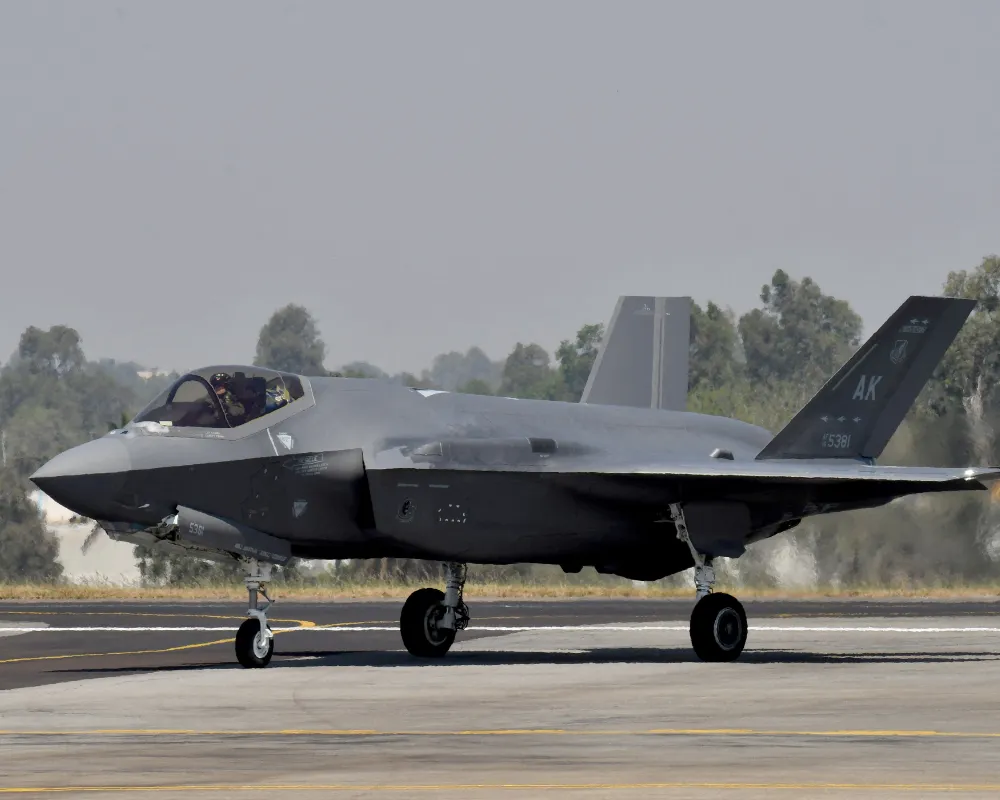
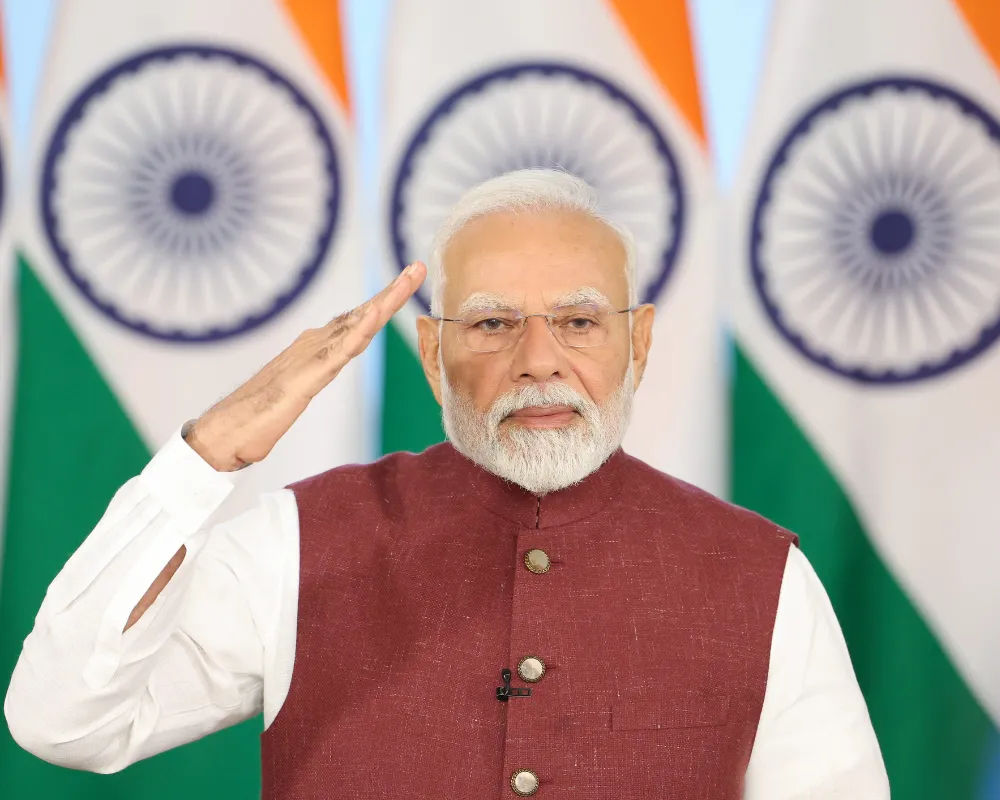

Leave a Reply